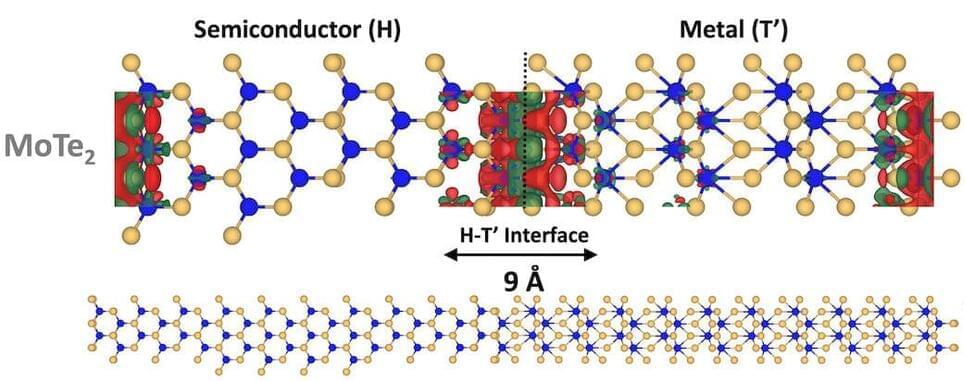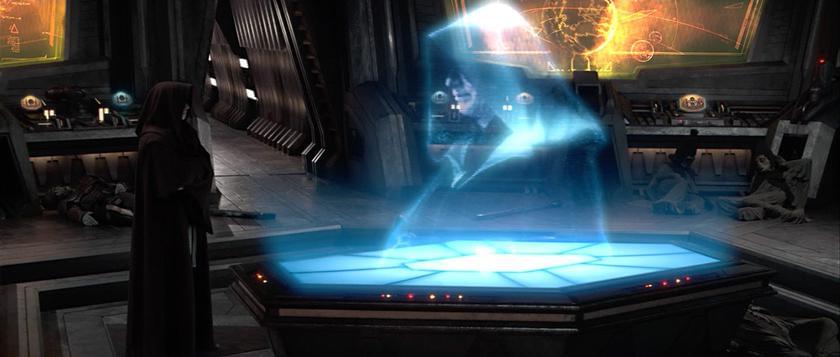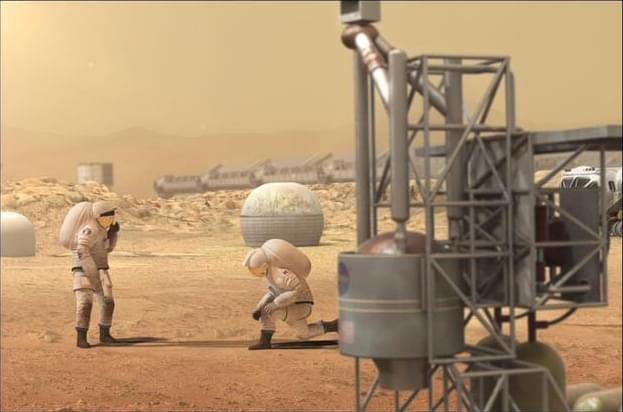It does not matter if intelligent life exists elsewhere. We will never find each other.
We cannot deduce laws about a higher level of complexity by starting with a lower level of complexity. Here, reductionism meets a brick wall.
There’s still plenty of room at the bottom to generate piezoelectricity. Engineers at Rice University and their colleagues are showing the way.
A new study describes the discovery of piezoelectricity—the phenomenon by which mechanical energy turns into electrical energy —across phase boundaries of two-dimensional materials.
The work led by Rice materials scientists Pulickel Ajayan and Hanyu Zhu and their colleagues at Rice’s George R. Brown School of Engineering, the University of Southern California, the University of Houston, Wright-Patterson Air Force Base Research Laboratory and Pennsylvania State University appears in Advanced Materials.
Iron could massively boost ocean algae populations.
Scientists suggest we could fertilize the world’s oceans with iron to fight climate change. Iron would lead to phytoplankton blooms, which would help to pull carbon dioxide out of the atmosphere.
One “very conservative” estimate suggests a gigaton of carbon dioxide could be removed per year with this method.
Scientists have hatched a plan to flood the world’s oceans with phytoplankton in a bid to avoid the worst effects of climate change.
We might all starve.
Researchers from Rutgers University calculated the possible effects of nuclear wars. The result shows that a nuclear war between countries such as Russia and USA could kill billions and cause starvation within two years.
It also demonstrates that large deficits would arise in imports due to the depletion of crops.
Every human being is afraid of nuclear war beyond any doubt. Researchers went into overdrive to see what would happen when a nuclear war broke out, dangerous enough to bring the end of humanity as well as all life on Earth.
Experts behind the project claim the technology for “de-extinction” already exists, but others are sceptical.
The Space Launch System will start rolling out to its launchpad a few days ahead of schedule. It is headed to space for the first time as early as August 29th.
The company StoryLife developed technology Holographic Conversational Video Experience that allows you to communicate with holograms of deceased relatives.
What we know
A U.S. startup has learned how to create a digital clone of a person before they die. It uses two dozen synchronized cameras to do so. They record answers to questions and then the resulting material is used to train artificial intelligence.
We’ve got a cybersecurity problem, but it’s not the one we think we have. The problem is how we think about cybersecurity problems.
Were you unable to attend Transform 2022? Check out all of the summit sessions in our on-demand library now! Watch here.
The problem is not that there are problems. The problem is expecting otherwise and thinking that having problems is a problem.
We’ve got a cybersecurity problem, but it’s not the one we think we have. The problem is in how we think about cybersecurity problems. Too many of us are stuck in a reactive loop, looking for silver bullet solutions, when we need to change how we view cybersecurity problems instead.









